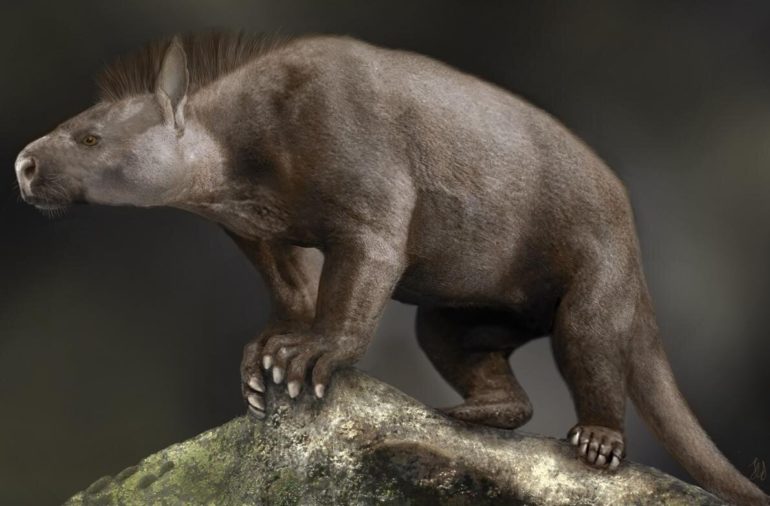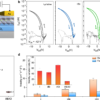The evolution of ankle and foot bones into different shapes and sizes helped mammals adapt and thrive after the extinction of the dinosaurs, a study suggests.
The evolution of ankle and foot bones into different shapes and sizes helped mammals adapt and thrive after the extinction of the dinosaurs, a study suggests.
A surge of evolution following the mass extinction 66 million years ago enabled mammals to diversify and prosper during a period of major global change, researchers say.
Analysis of bones that form part of the ankle and the heel of the foot reveal that mammals during this time—the Paleocene Period—were less primitive than previously thought.
Bone measurements
Edinburgh paleontologists made the discovery by comparing the anatomy of Paleocene mammals with species from the earlier Cretaceous Period and those that exist today.
They analyzed foot and ankle bone measurements—which provide insights into animals’ lifestyle and body size—of 40 Paleocene species. The team contrasted the results with data from living mammal species and mammals that existed during the Cretaceous Period.
Rapid evolution
Their findings show that Paleocene mammals had stockier, more muscular builds than those from the Cretaceous or present day.
The animals’ joints were also very mobile, supported by ligaments and tendons—rather than bony features as in some living mammals—which the team hypothesize enabled them to adapt and evolve more rapidly following the extinction.
Surviving devastation
Many species’ ankles and feet closely resembled those of ground-dwelling and burrowing mammals that exist today, indicating that these lifestyles were key to surviving and thriving after the mass extinction, which was caused by an asteroid impact.
The ability to dig underground, for example, is likely to have helped mammals survive the initial devastation, while a loss of tree habitats after the extinction period may have favored ground-dwelling species, the team says.
The study is published in the journal Proceedings of the Royal Society B.
“At the core of our study, we wanted to figure out what Paleocene mammals were doing in terms of their anatomy and how this related to aspects of their lifestyle and evolution in the wake of the dinosaur extinction. Paleocene mammals have this tendency to combine unusual mish-mashes of anatomy but are often seen as ‘archaic’ and unspecialised precursors to living mammal groups. What we found was this incredible diversity—they’re adapting and evolving their robustly built bodies in ways that are different to living mammals. Our results show one of the many ways mammals were able to adapt and thrive following the catastrophic devastation of the end-Cretaceous extinction,” says Dr. Sarah Shelley, School of GeoSciences.
Asteroid that wiped out dinosaurs may have nearly knocked off mammals, too
More information:
Sarah L. Shelley et al. Quantitative assessment of tarsal morphology illuminates locomotor behaviour in Palaeocene mammals following the end-Cretaceous mass extinction, Proceedings of the Royal Society B: Biological Sciences (2021). DOI: 10.1098/rspb.2021.0393
Provided by
University of Edinburgh
Citation:
Ankle and foot evolution gave mammals a leg up (2021, May 13)
retrieved 13 May 2021
from https://phys.org/news/2021-05-ankle-foot-evolution-gave-mammals.html
This document is subject to copyright. Apart from any fair dealing for the purpose of private study or research, no
part may be reproduced without the written permission. The content is provided for information purposes only.



